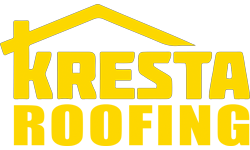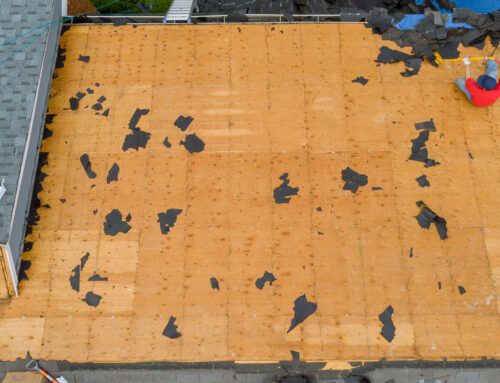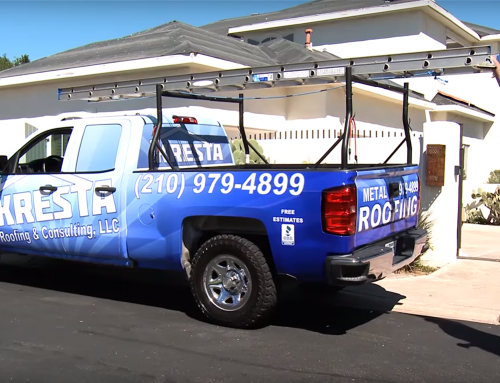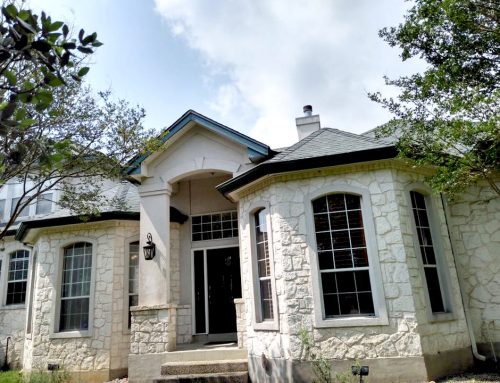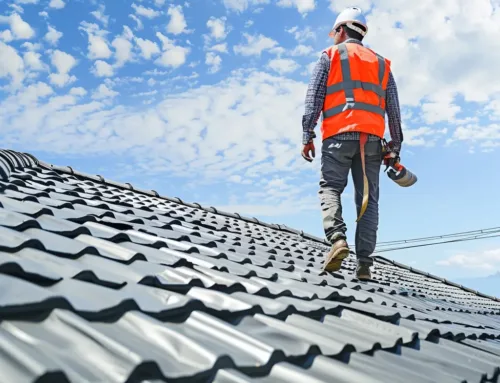Mold and Bacteria on Your Roof: The Silent Invaders

When we think of threats to our homes, our minds often go to severe weather, pests, or structural failures. However, one of the most insidious threats is often overlooked: mold and bacteria on the roof. This problem can not only damage the structure of your home but also pose health risks to you and your family. Understanding the causes, consequences, and solutions for mold and bacteria growth on roofs can help homeowners take proactive steps to protect their homes.
Understanding Mold and Bacteria Growth on Roofs

Causes
- Moisture: Moisture is the primary catalyst for mold and bacteria growth. Roofs, by their very nature, are exposed to the elements, making them susceptible to moisture accumulation from rain, snow, and even morning dew.
- Shade: Roofs that are heavily shaded by trees or other structures do not dry as quickly after precipitation, creating a perfect environment for mold and bacteria to thrive.
- Debris: Leaves, twigs, and other organic matter that accumulate on the roof can trap moisture and provide a nutrient-rich environment for mold and bacteria.
- Humidity: In regions with high humidity, the air itself can contribute to mold growth, even if the roof does not appear to be wet.
- Poor Ventilation: Poor attic ventilation can lead to condensation on the underside of the roof, further exacerbating moisture issues.
Types of Mold and Bacteria
Consequences of Mold and Bacteria Growth
Prevention and Solutions

Regular Inspections
One of the best ways to prevent mold and bacteria growth on your roof is through regular inspections. Check your roof at least twice a year, and after any major storm, to ensure there is no debris buildup, damage, or signs of mold growth.
Proper Ventilation
Ensuring your attic is well-ventilated can prevent condensation from forming on the underside of your roof. This can be achieved by installing vents and fans that promote airflow and reduce humidity levels.
Trim Overhanging Branches
Overhanging branches not only provide shade but also drop leaves and twigs onto your roof. By trimming these branches, you can reduce the amount of organic debris on your roof and allow more sunlight to reach the surface, helping to keep it dry.
Clean Gutters
Clogged gutters can cause water to back up onto the roof, leading to moisture accumulation and mold growth. Regularly cleaning your gutters ensures that water can flow freely away from your roof.
Use Mold-Resistant Materials
When installing a new roof or replacing shingles, consider using mold-resistant materials. These materials are treated to resist mold and bacteria growth, providing an added layer of protection for your home.
Chemical Treatments
There are various chemical treatments available that can be applied to your roof to kill existing mold and bacteria and prevent future growth. These treatments should be applied by professionals to ensure safety and effectiveness.
Professional Cleaning
If your roof is already infested with mold and bacteria, it may be necessary to hire a professional cleaning service. These experts have the tools and knowledge to safely and effectively remove mold and bacteria without damaging your roof.
Mold and bacteria growth on roofs is a serious issue that can lead to structural damage, health risks, and decreased property value. By understanding the causes and consequences of this problem, homeowners can take proactive steps to prevent and address mold and bacteria growth on their roofs. Regular inspections, proper ventilation, cleaning gutters, using mold-resistant materials, applying chemical treatments, and professional cleaning are all effective strategies for maintaining a healthy roof. Protect your home and your family by being vigilant about mold and bacteria on your roof by reaching out to Kresta Roofing for professional help. Our inspectors will inspect your roof as well as the attic for proper ventilation and for any mold growth or water leaks that can lead to mold growth. Contact us today for a Free Roof Inspection.
